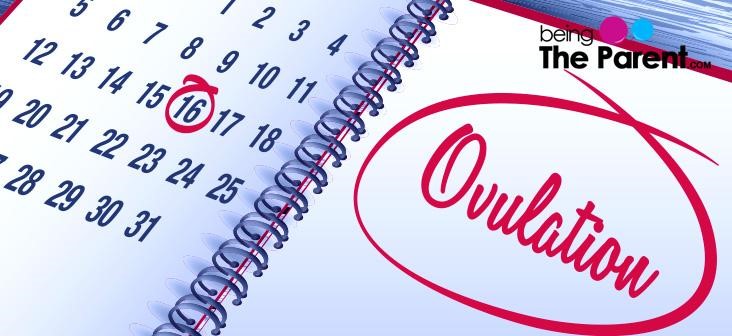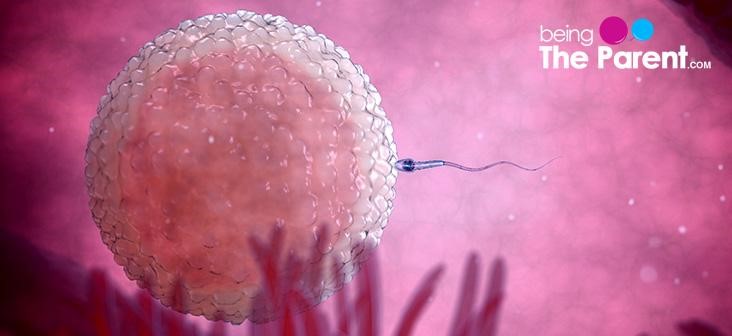
Knowing about ovulation process and when it’s happening can help you a great deal if you are planning to conceive soon. By definition, ovulation means when your ovary releases a mature egg and sends it down the fallopian tube for fertilization.
Did you know that an egg matures in one of your ovary each month? When it is matured, it is released by the ovary and goes in the fallopian tube to join the sperm. By now, the uterus lining is thickened and has prepared itself for the fertilized egg. But whenever you do not conceive, that is the egg doesn’t meet the sperm, the lining of the uterus and the accompanying blood are shed. This is what is called the menstruation cycle.
So when does ovulation happen?
It usually happens on 15th day of your last menstrual cycle. Though this is the cycle in most women, but it’s not necessarily the same in every case. Typically, the menstrual cycle lasts for about 28 days and the ovulation after that happens between 10th and 19th day of that cycle, which means about 12 to 15 days before your next period will start. Let’s take some examples. Suppose your cycle is of 35 days, then your ovulation will happen on 21st day of that month’s cycle. But if you have a 21 day cycle, then your ovulation will happen on 7th day. Though it varies from woman to woman, you can keep a tab of your cycles for three months and then estimate your own ovulation cycle.
How do I know if I am ovulating?
- Maintain a menstrual calendar for 3-4 months as that will help you to calculate your ovulation date. However, if you have an irregular menstrual cycle, then you have to be more alert for some other ovulation signs.
- You could watch out for other symptoms of ovulation like mild pain or cramps felt in your lower abdomen.
- Note your temperature with a special thermometer called a basal body thermometer (BBT). The BBT is the baseline reading that you must note first thing when you get up in the morning. Due to a rise in progesterone, your body temperature increases. Hence, your temperature is mostly lower in the first half of a month and higher in the second half. So your BBT will be lowest when you are ovulating and will immediately rise when the ovulation occurs.
- Another sign of ovulation is how your cervix is positioned. Usually when your cycle is beginning, your cervix is typically low and closed. But as the ovulation time is near, the cervix softens and opens a little. You can check your cervix and also maintain a chart of the observations.
- Look out for any mucus and its quantity or change in consistency. After the period ends, there wouldn’t be any cervical mucus. But when the cycle proceeds, there will be an increase in the quantity of whitish mucus. When the ovulation is about to happen, the mucus is thinner and clearer.
- Better still, you could invest in an ovulation predictor kit (OPK). An OPK can tell you your exact date of ovulation just 12 to 24 hours before the actual time. It checks the luteinizing hormone or LH levels and will tell you when you will ovulate.
How many days before/after the ovulation are you fertile?
An egg can be fertilized for about 12-24 hours in your ovulation time. But as the sperm can stay available in the body for about 3-4 days after the intercourse and the egg stays for one day, your most fertile time is between 5-7 days.
How long does it take to ovulate after LH surge?
An OPK can easily detect a surge in luteinizing hormone (LH) levels. This usually occurs about 35-36 hours before ovulation. If you plan the intercourse just after the LH surge, you can enhance your chances of conception.
So now you know how to keep a tab of your ovulation and plan to conceive accordingly. Knowing ovulation and your most fertile days will also help you if you do not want to get pregnant.
Source: https://www.beingtheparent.com/important-facts-about-ovulation/
The content is owned by admin. Visit site here for other valuable articles.



No comments:
Post a Comment